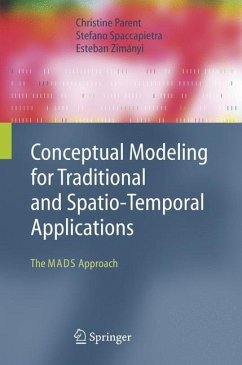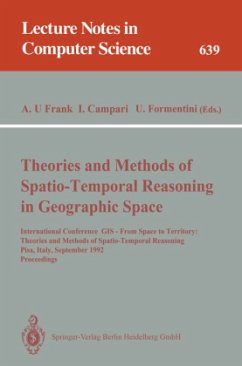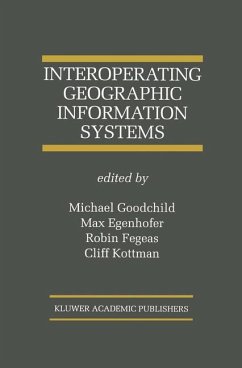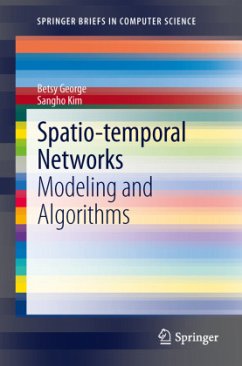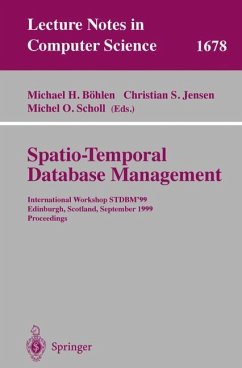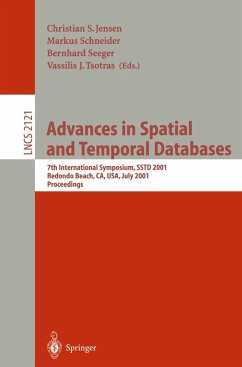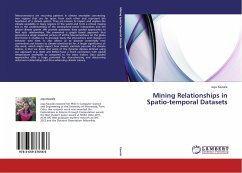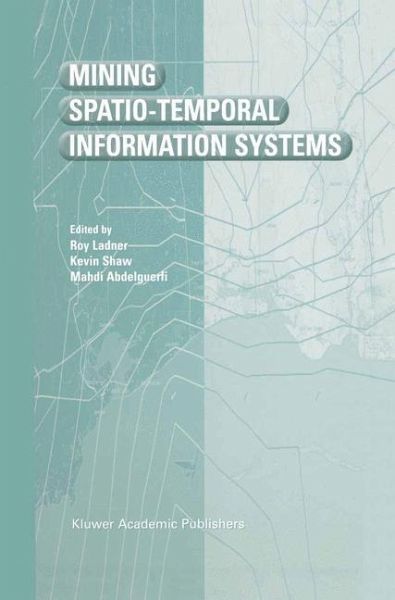
Mining Spatio-Temporal Information Systems
Versandkostenfrei!
Versandfertig in 1-2 Wochen
77,99 €
inkl. MwSt.

PAYBACK Punkte
39 °P sammeln!
Mining Spatio-Temporal Information Systems, an edited volume is composed of chapters from leading experts in the field of Spatial-Temporal Information Systems and addresses the many issues in support of modeling, creation, querying, visualizing and mining. Mining Spatio-Temporal Information Systems is intended to bring together a coherent body of recent knowledge relating to STIS data modeling, design, implementation and STIS in knowledge discovery. In particular, the reader is exposed to the latest techniques for the practical design of STIS, essential for complex query processing. Mining Spa...
Mining Spatio-Temporal Information Systems, an edited volume is composed of chapters from leading experts in the field of Spatial-Temporal Information Systems and addresses the many issues in support of modeling, creation, querying, visualizing and mining. Mining Spatio-Temporal Information Systems is intended to bring together a coherent body of recent knowledge relating to STIS data modeling, design, implementation and STIS in knowledge discovery. In particular, the reader is exposed to the latest techniques for the practical design of STIS, essential for complex query processing.
Mining Spatio-Temporal Information Systems is structured to meet the needs of practitioners and researchers in industry and graduate-level students in Computer Science.
Mining Spatio-Temporal Information Systems is structured to meet the needs of practitioners and researchers in industry and graduate-level students in Computer Science.





